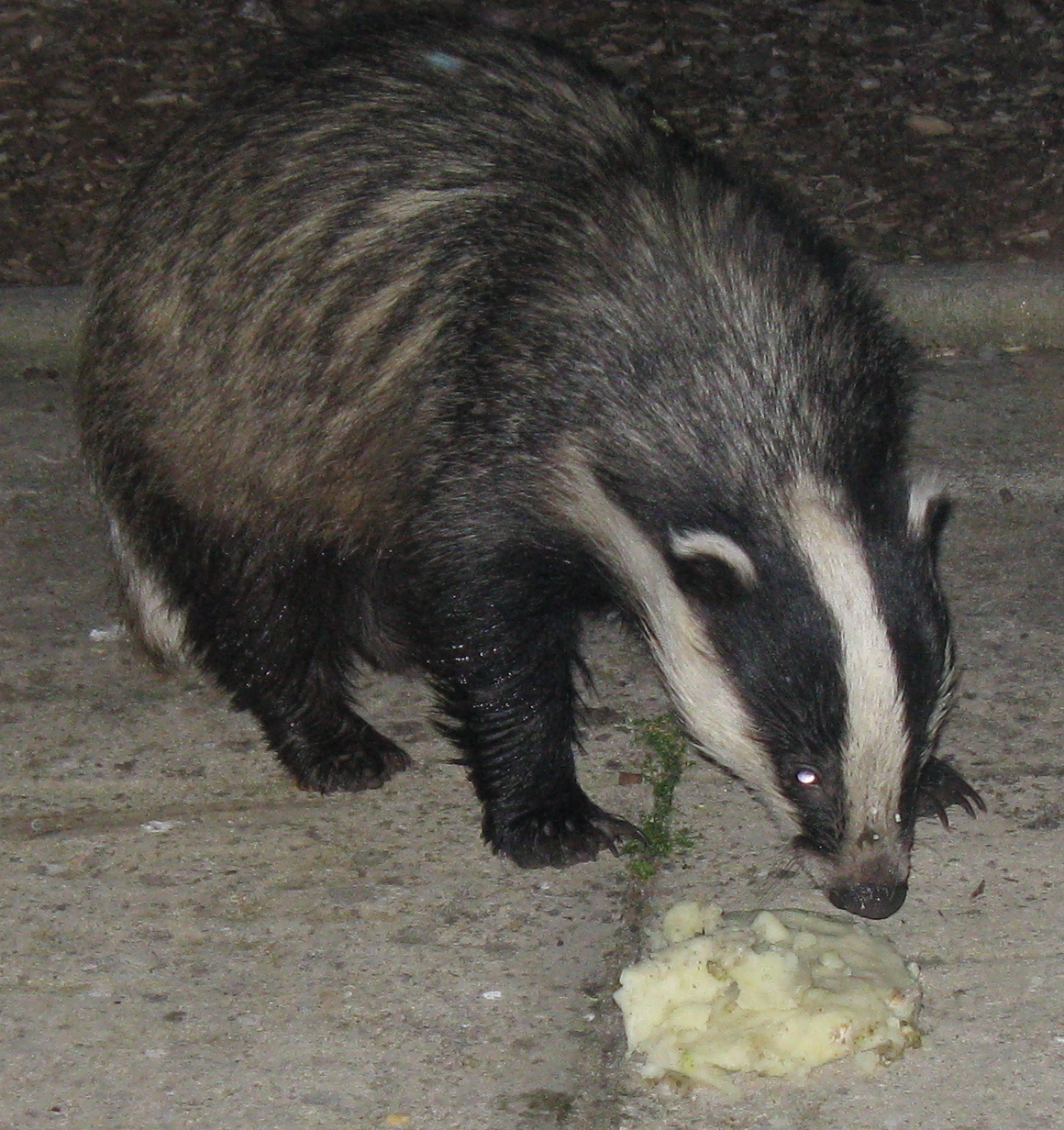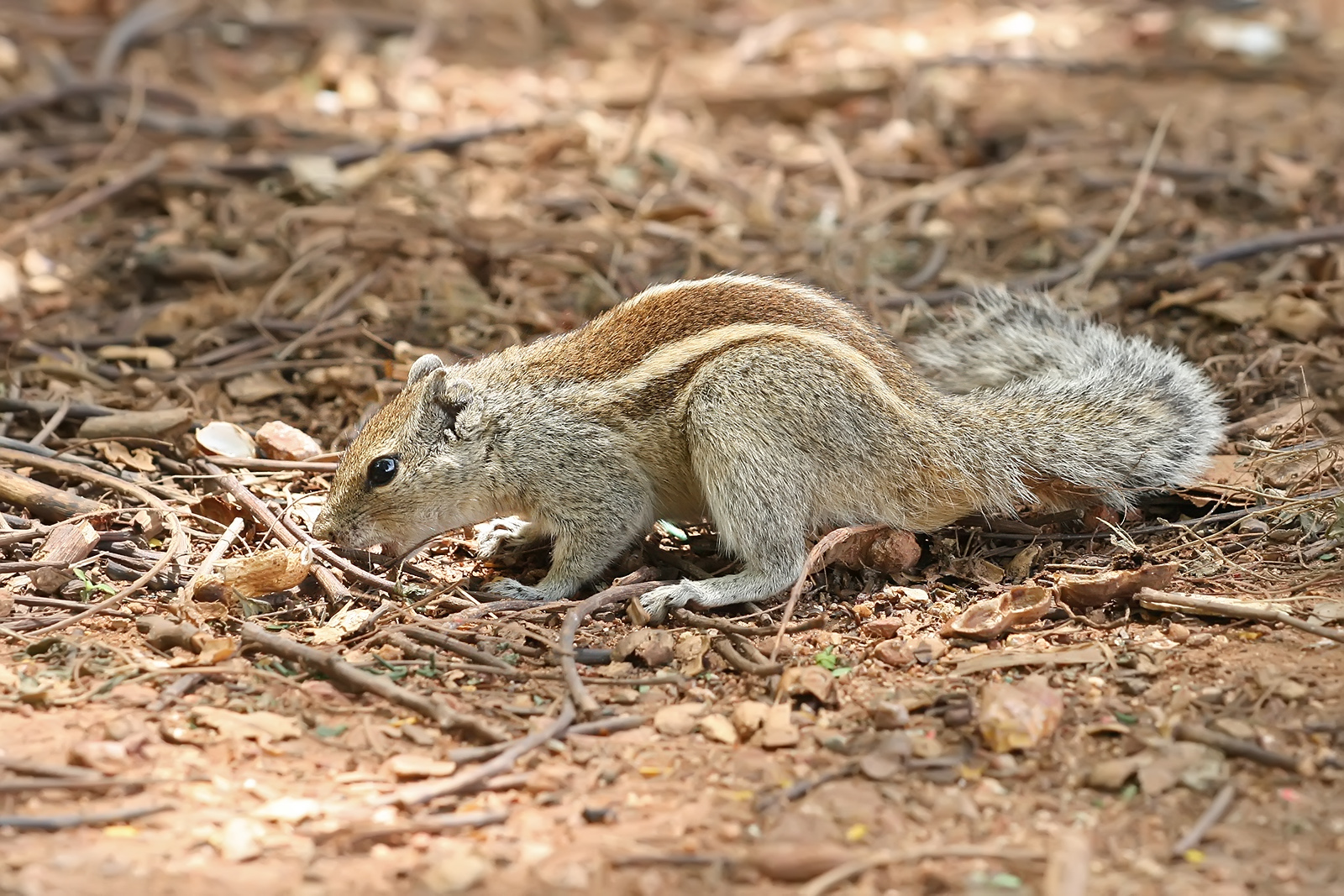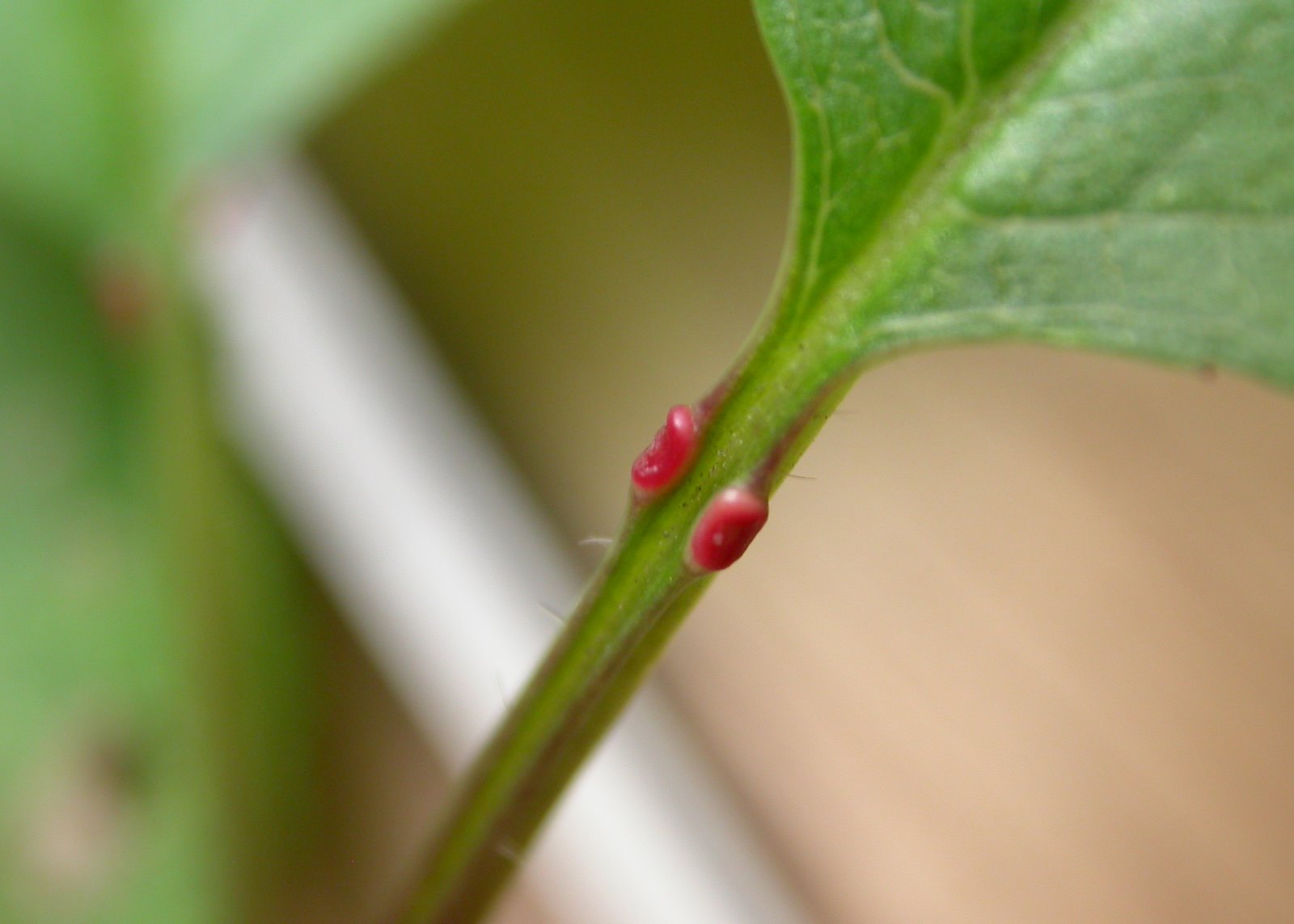|
Parco Burcina Natural Reserve
The Burcina Park “Felice Piacenza” Nature Reserve is a protected, wooded, about 57 hectares wide area. It was established in 1980 with a law of the Piedmont Region Government. It is located within the municipalities of Pollone and Biella. The Municipality of Biella owns almost three quarters of the whole surface. The difference in altitude varies from 570 to 829 meters above sea level. The reserve is situated on the Burcina hill, or ''bric'' (as locally called). It protects the natural, environmental and landscape characteristics of the area. More specifically, it supports and promotes scientific, cultural and educational activities, also involving schools. Geography The Burcina is a woody hill crossed by the border between the Municipality of Pollone and the Municipality of Biella. Its north-eastern slopes belong to the basin of the stream Oropa, while the south-western ones, where the park is situated, are in the area of the stream Oremo. A pass at 730 m a.s.l. connects the ... [...More Info...] [...Related Items...] OR: [Wikipedia] [Google] [Baidu] |
Parco Della Burcina-DSCF0176
Parco can refer to: * Parco, Tibet, a town in China * Parco (retailer), a chain of department stores primarily in Japan * Parco Historic District (also known as Sinclair Historic District), Sinclair, Wyoming, United States * Parco P.I., a reality television program * Pak-Arab Refinery (PARCO), an energy company in Pakistan * Jim Parco (born 1968), former United States Air Force lieutenant colonel * John Parco (born 1971), Italian-Canadian ice hockey player and coach See also * Parco is also Italian language, Italian for "park". For the numerous articles on parks in Italy see: ** ** * Parc (other) * Park (other) {{Disambiguation, geo, surname ... [...More Info...] [...Related Items...] OR: [Wikipedia] [Google] [Baidu] |
Beech
Beech (''Fagus'') is a genus of deciduous trees in the family Fagaceae, native to temperate Europe, Asia, and North America. Recent classifications recognize 10 to 13 species in two distinct subgenera, ''Engleriana'' and ''Fagus''. The ''Engleriana'' subgenus is found only in East Asia, distinctive for its low branches, often made up of several major trunks with yellowish bark. The better known ''Fagus'' subgenus beeches are high-branching with tall, stout trunks and smooth silver-grey bark. The European beech ('' Fagus sylvatica'') is the most commonly cultivated. Beeches are monoecious, bearing both male and female flowers on the same plant. The small flowers are unisexual, the female flowers borne in pairs, the male flowers wind-pollinating catkins. They are produced in spring shortly after the new leaves appear. The fruit of the beech tree, known as beechnuts or mast, is found in small burrs that drop from the tree in autumn. They are small, roughly triangular, and edib ... [...More Info...] [...Related Items...] OR: [Wikipedia] [Google] [Baidu] |
European Badger
The European badger (''Meles meles''), also known as the Eurasian badger, is a badger species in the family Mustelidae native to almost all of Europe. It is classified as least concern on the IUCN Red List as it has a wide range and a large stable population size, and is thought to be increasing in some regions. Several subspecies are recognized with the nominate subspecies (''M. m. meles'') predominating in most of Europe. In Europe, where no other badger species commonly occurs, it is generally just called the "badger". The European badger is a powerfully built, black, white, brown, and grey animal with a small head, a stocky body, small, black eyes, and short tail. Its weight varies, being 7–13 kg (15–29 lb) in spring, but building up to 15–17 kg (33–37 lb) in autumn before the winter sleep period. It is nocturnal and is a social, burrowing animal that sleeps during the day in one of several setts in its territorial range. These burrows have multi ... [...More Info...] [...Related Items...] OR: [Wikipedia] [Google] [Baidu] |
Red Fox
The red fox (''Vulpes vulpes'') is the largest of the true foxes and one of the most widely distributed members of the order Carnivora, being present across the entire Northern Hemisphere including most of North America, Europe and Asia, plus parts of North Africa. It is listed as least concern by the IUCN. Its range has increased alongside human expansion, having been introduced to Australia, where it is considered harmful to native mammals and bird populations. Due to its presence in Australia, it is included on the list of the "world's 100 worst invasive species". The red fox originated from smaller-sized ancestors from Eurasia during the Middle Villafranchian period, and colonised North America shortly after the Wisconsin glaciation. Among the true foxes, the red fox represents a more progressive form in the direction of carnivory. Apart from its large size, the red fox is distinguished from other fox species by its ability to adapt quickly to new environments. Despit ... [...More Info...] [...Related Items...] OR: [Wikipedia] [Google] [Baidu] |
European Hedgehog
The European hedgehog (''Erinaceus europaeus''), also known as the West European hedgehog or common hedgehog, is a hedgehog species native to Europe from Iberia and Italy northwards into Scandinavia and westwards into the British Isles.Harris, S. & Yalden, D.W. (2008). ''Mammals of the British Isles: Handbook, 4th Edition.'' The Mammal Society, Southampton. It is a generally common and widely distributed species that can survive across a wide range of habitat types. It is a well-known species, and a favourite in European gardens, both for its endearing appearance and its preference for eating a range of garden pests. While populations are currently stable across much of its range, it is declining severely in Great Britain where it is now Red Listed (classified as near to extinction). Outside its native range, the species was introduced to New Zealand during the late-19th and early-20th centuries. Description The European hedgehog has a generalised body structure with unspeciali ... [...More Info...] [...Related Items...] OR: [Wikipedia] [Google] [Baidu] |
Common Vole
The common vole (''Microtus arvalis'') is a European rodent. Distribution and habitat The common vole is hardly restricted in means of distribution and habitat and inhabits large areas of Eurasia but, apart from the Orkney vole, not the British Isles. As ''Microtus arvalis'' followed human civilization, primary and secondary habitats can be distinguished. The primary habitats are everything but dense forests, such as meadows, heath lands, and fallow land. The secondary habitats are mainly agricultural fields, where shallow sloped areas are preferred. The natural food of the common vole is grass, but it also feeds on many agricultural crops (within secondary habitats) and here its reproduction is faster than in primary habitats. Reproduction, demography, and predation After pregnancy of 16 to 24 days, females give birth to 3 to 8 juveniles, weighing between 1.0 and 3.1 g. Weaning is around the 20th day. Female juveniles can be impregnated from the 13th day after birth. H ... [...More Info...] [...Related Items...] OR: [Wikipedia] [Google] [Baidu] |
Hazel Dormouse
The hazel dormouse or common dormouse (''Muscardinus avellanarius'') is a small mammal and the only living species in the genus ''Muscardinus''. Distribution and habitat The hazel dormouse is native to northern Europe and Asia Minor. It is the only dormouse native to the British Isles, and is therefore often referred to simply as the "dormouse" in British sources, although the edible dormouse, ''Glis glis'', has been accidentally introduced and now has an established population in South East England. Though Ireland has no native dormouse, the hazel dormouse was discovered in County Kildare in 2010, and appears to be spreading rapidly, helped by the prevalence of hedgerows in the Irish countryside. The United Kingdom distribution of the hazel dormouse can be found on theNational Biodiversity Network website A 2020 study found that hazel dormice in Britain have declined by 51% since 2000. Woodland habitat loss and management and a warming climate are seen as material threats to ... [...More Info...] [...Related Items...] OR: [Wikipedia] [Google] [Baidu] |
Tree Squirrel
Tree squirrels are the members of the squirrel family (Sciuridae) commonly just referred to as "squirrels." They include more than 100 arboreal species native to all continents except Antarctica and Oceania. They do not form a single natural, or monophyletic, group; they are variously related to others in the squirrel family, including ground squirrels, flying squirrels, marmots, and chipmunks. The defining characteristic used to determine which species of Sciuridae are tree squirrels is dependent on their habitat rather than their physiology. Tree squirrels live mostly among trees, as opposed to those that live in burrows in the ground or among rocks. An exception is the flying squirrel that also makes its home in trees, but has a physiological distinction separating it from its tree squirrel cousins: special flaps of skin called patagia, acting as glider wings, which allow gliding flight. The best known genus of tree squirrels is '' Sciurus'', which includes the eastern g ... [...More Info...] [...Related Items...] OR: [Wikipedia] [Google] [Baidu] |
Mammal
Mammals () are a group of vertebrate animals constituting the class (biology), class Mammalia (), characterized by the presence of mammary glands which in Female#Mammalian female, females produce milk for feeding (nursing) their young, a neocortex (a region of the brain), fur or hair, and three ossicles, middle ear bones. These characteristics distinguish them from reptiles (including birds) from which they Genetic divergence, diverged in the Carboniferous, over 300 million years ago. Around 6,400 extant taxon, extant species of mammals have been described divided into 29 Order (biology), orders. The largest Order (biology), orders, in terms of number of species, are the rodents, bats, and Eulipotyphla (hedgehogs, Mole (animal), moles, shrews, and others). The next three are the Primates (including humans, apes, monkeys, and others), the Artiodactyla (cetaceans and even-toed ungulates), and the Carnivora (cats, dogs, pinniped, seals, and others). In terms of cladistic ... [...More Info...] [...Related Items...] OR: [Wikipedia] [Google] [Baidu] |
Birdwatching
Birdwatching, or birding, is the observing of birds, either as a recreational activity or as a form of citizen science. A birdwatcher may observe by using their naked eye, by using a visual enhancement device like binoculars or a telescope, by listening for bird sounds, or by watching public webcams. Most birdwatchers pursue this activity for recreational or social reasons, unlike ornithologists, who engage in the study of birds using formal scientific methods. Birding, birdwatching, and twitching The first recorded use of the term ''birdwatcher'' was in 1901 by Edmund Selous; ''bird'' was introduced as a verb in 1918. The term ''birding'' was also used for the practice of ''fowling'' or hunting with firearms as in Shakespeare's ''The Merry Wives of Windsor'' (1602): "She laments sir... her husband goes this morning a-birding." The terms ''birding'' and ''birdwatching'' are today used by some interchangeably, although some participants prefer ''birding'', partly because ... [...More Info...] [...Related Items...] OR: [Wikipedia] [Google] [Baidu] |
Birch
A birch is a thin-leaved deciduous hardwood tree of the genus ''Betula'' (), in the family Betulaceae, which also includes alders, hazels, and hornbeams. It is closely related to the beech- oak family Fagaceae. The genus ''Betula'' contains 30 to 60 known taxa of which 11 are on the IUCN 2011 Red List of Threatened Species. They are a typically rather short-lived pioneer species widespread in the Northern Hemisphere, particularly in northern areas of temperate climates and in boreal climates. Description Birch species are generally small to medium-sized trees or shrubs, mostly of northern temperate and boreal climates. The simple leaves are alternate, singly or doubly serrate, feather-veined, petiolate and stipulate. They often appear in pairs, but these pairs are really borne on spur-like, two-leaved, lateral branchlets. The fruit is a small samara, although the wings may be obscure in some species. They differ from the alders (''Alnus'', another genus in the family) ... [...More Info...] [...Related Items...] OR: [Wikipedia] [Google] [Baidu] |
Prunus Avium
''Prunus avium'', commonly called wild cherry, sweet cherry, gean, or bird cherryWorld Economic Plants: A Standard Reference, Second Edition'. CRC Press; 19 April 2016. . p. 833–. is a species of cherry, a flowering plant in the rose family, Rosaceae. It is native to Europe, Anatolia, Maghreb, and Western Asia, from the British Isles south to Morocco and Tunisia, north to the Trondheimsfjord region in Norway and east to the Caucasus and northern Iran, with a small isolated population in the western Himalaya.Den Virtuella Floran''Prunus avium''(in Swedish; witmap The species is widely cultivated in other regions and has become naturalized in North America and Australia. ''Prunus avium'' has a diploid set of sixteen chromosomes (2''n'' = 16). All parts of the plant except for the ripe fruit are slightly toxic, containing cyanogenic glycosides. Description ''Prunus avium'' is a deciduous tree growing to tall, with a trunk up to in diameter. Young trees show stron ... [...More Info...] [...Related Items...] OR: [Wikipedia] [Google] [Baidu] |


.jpg)




